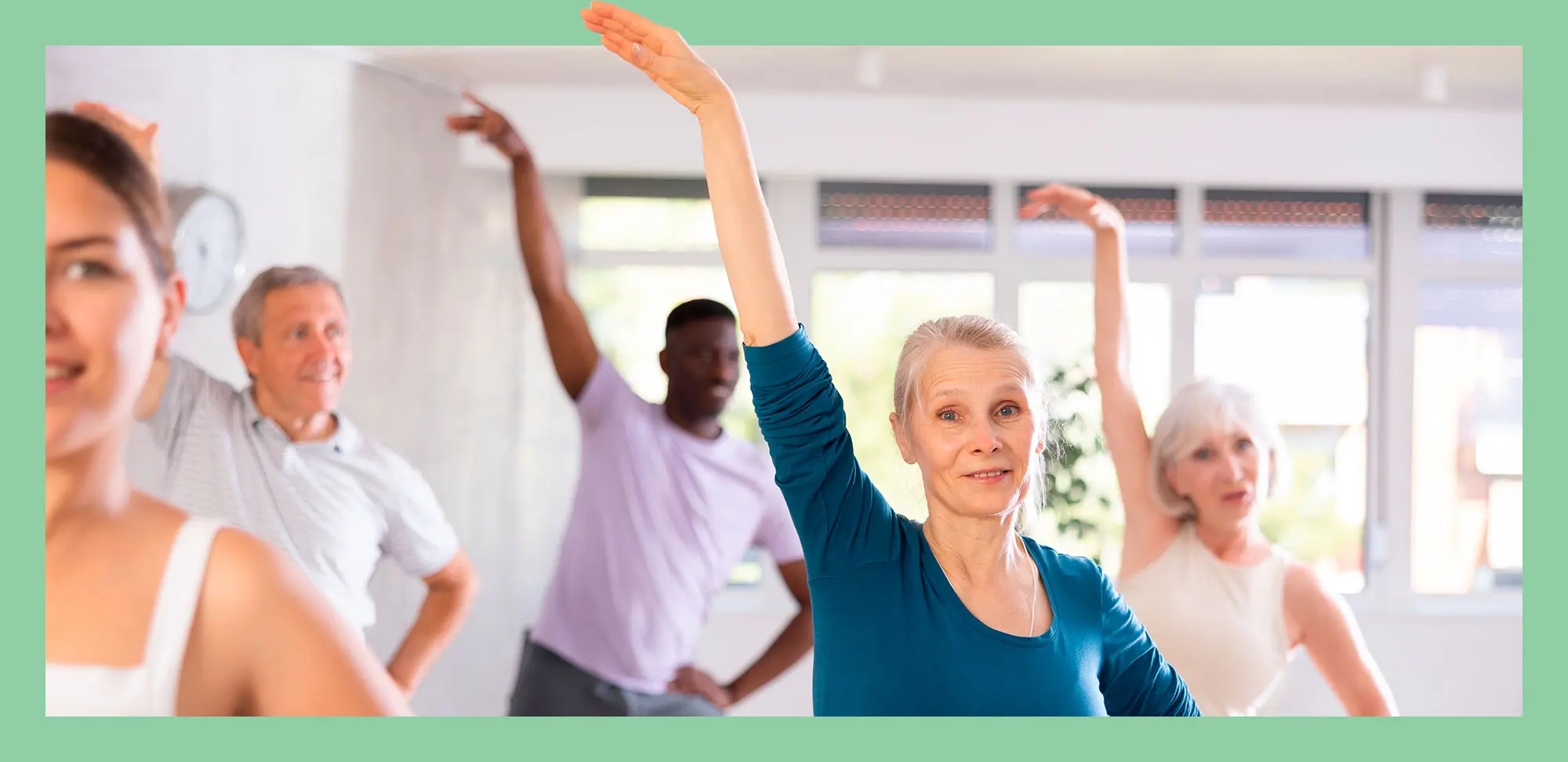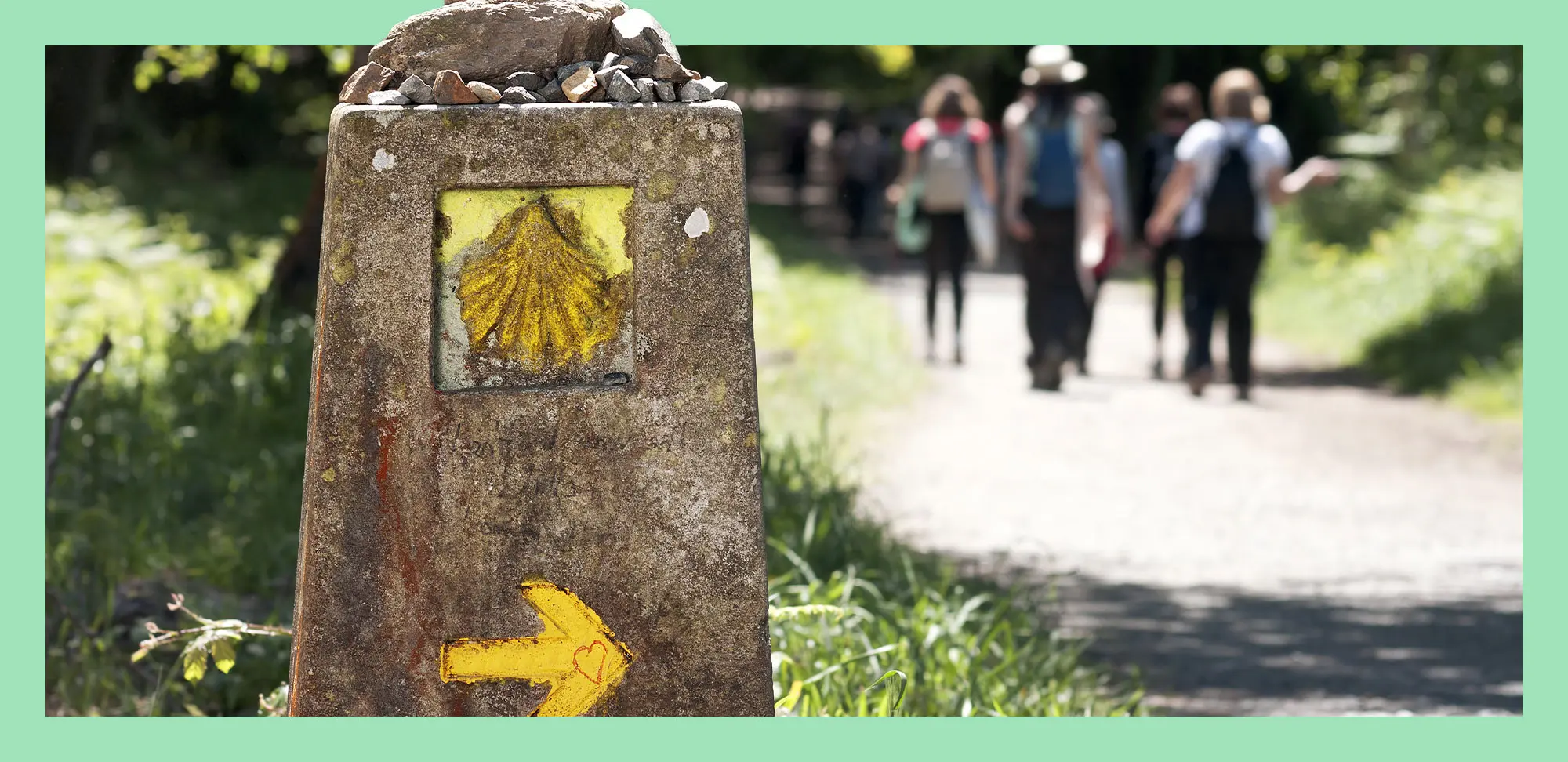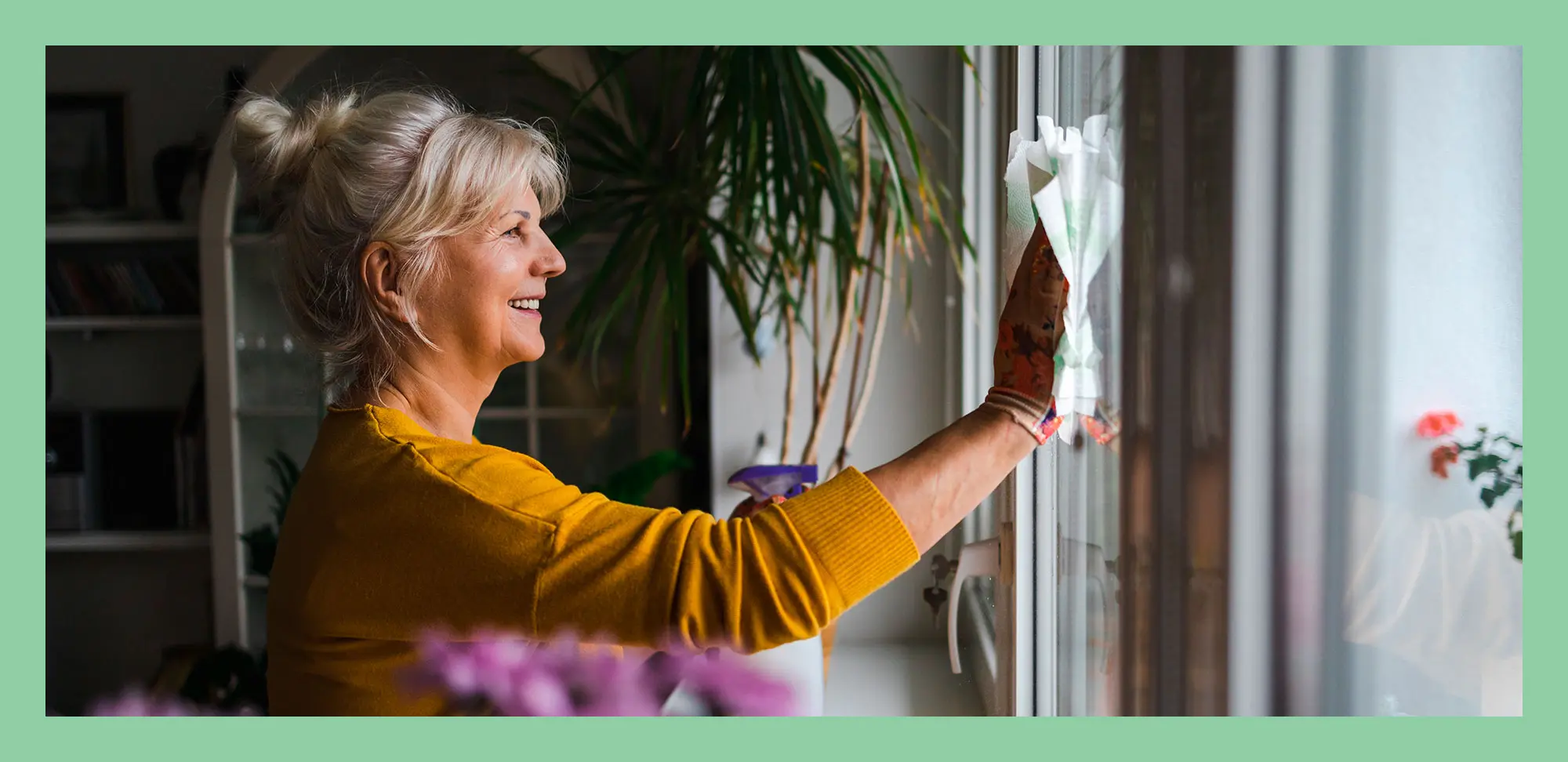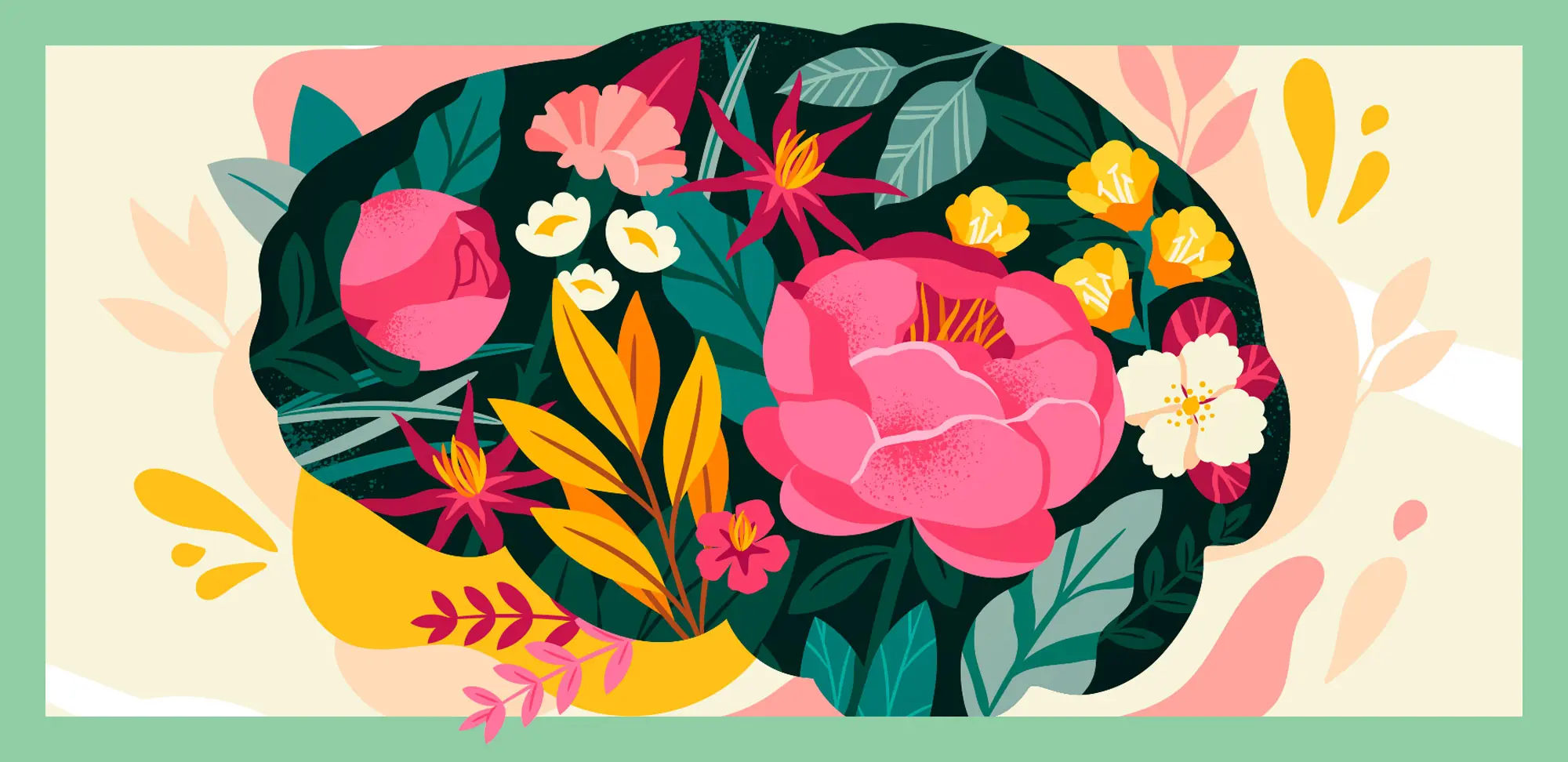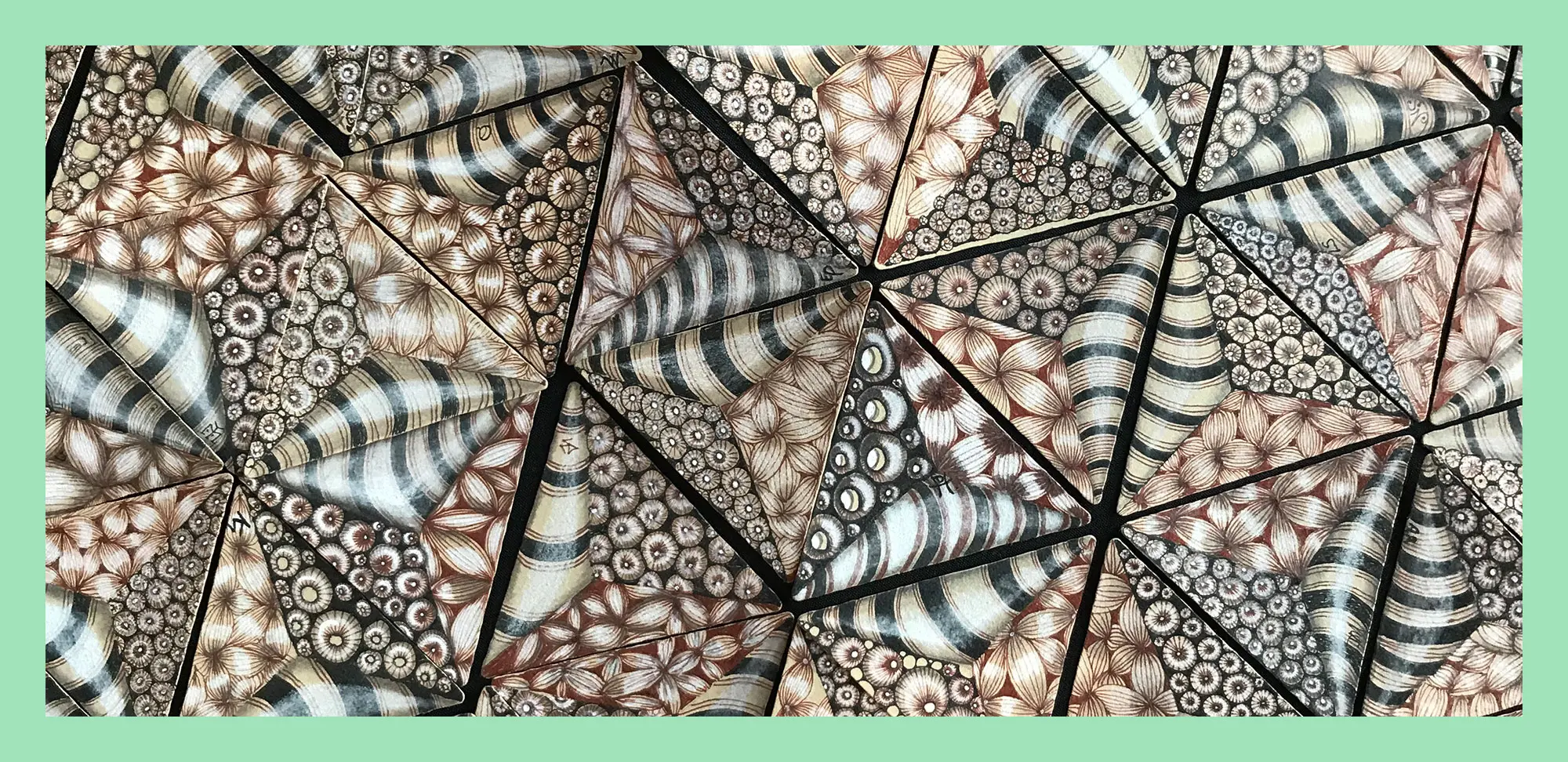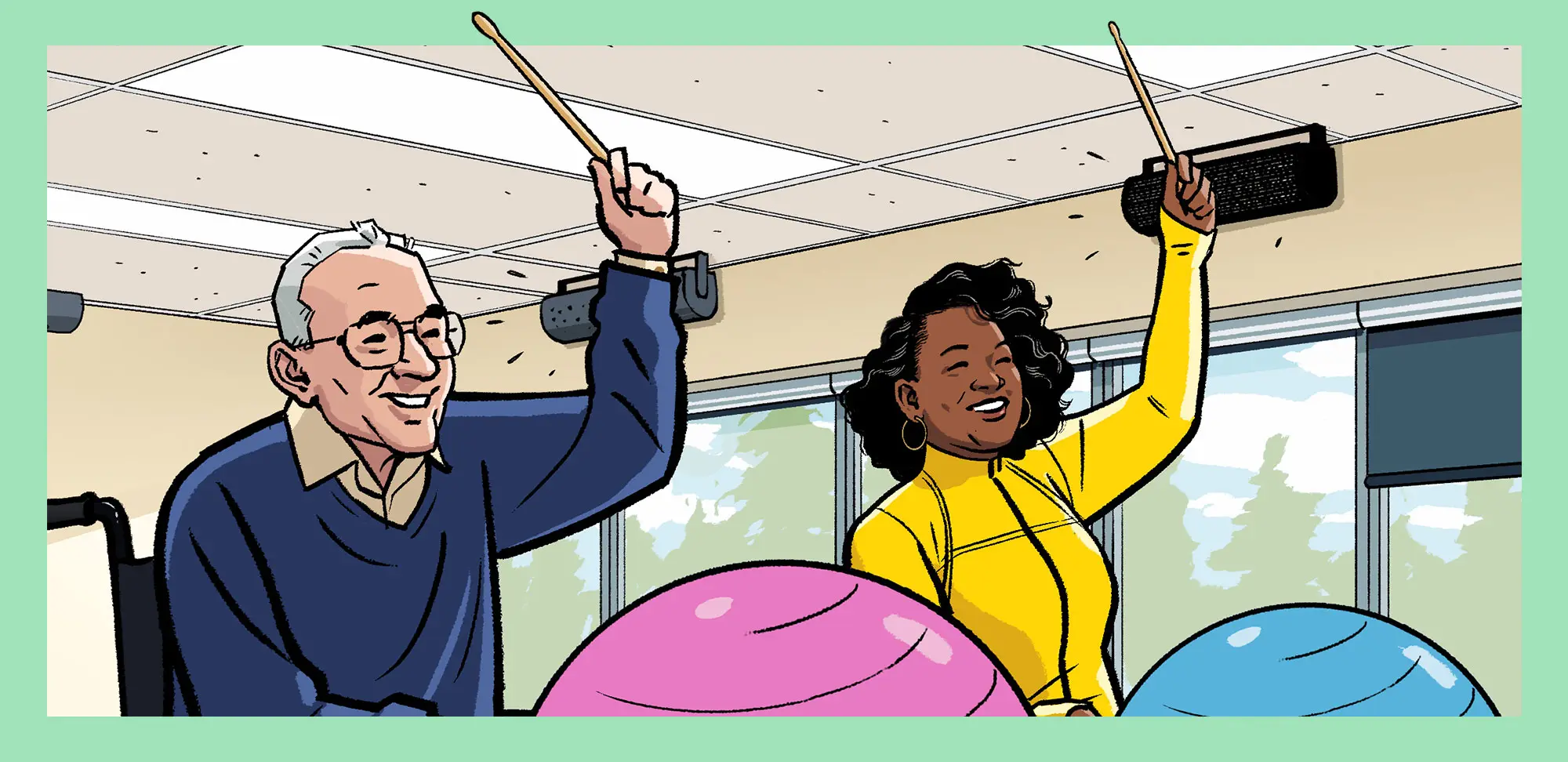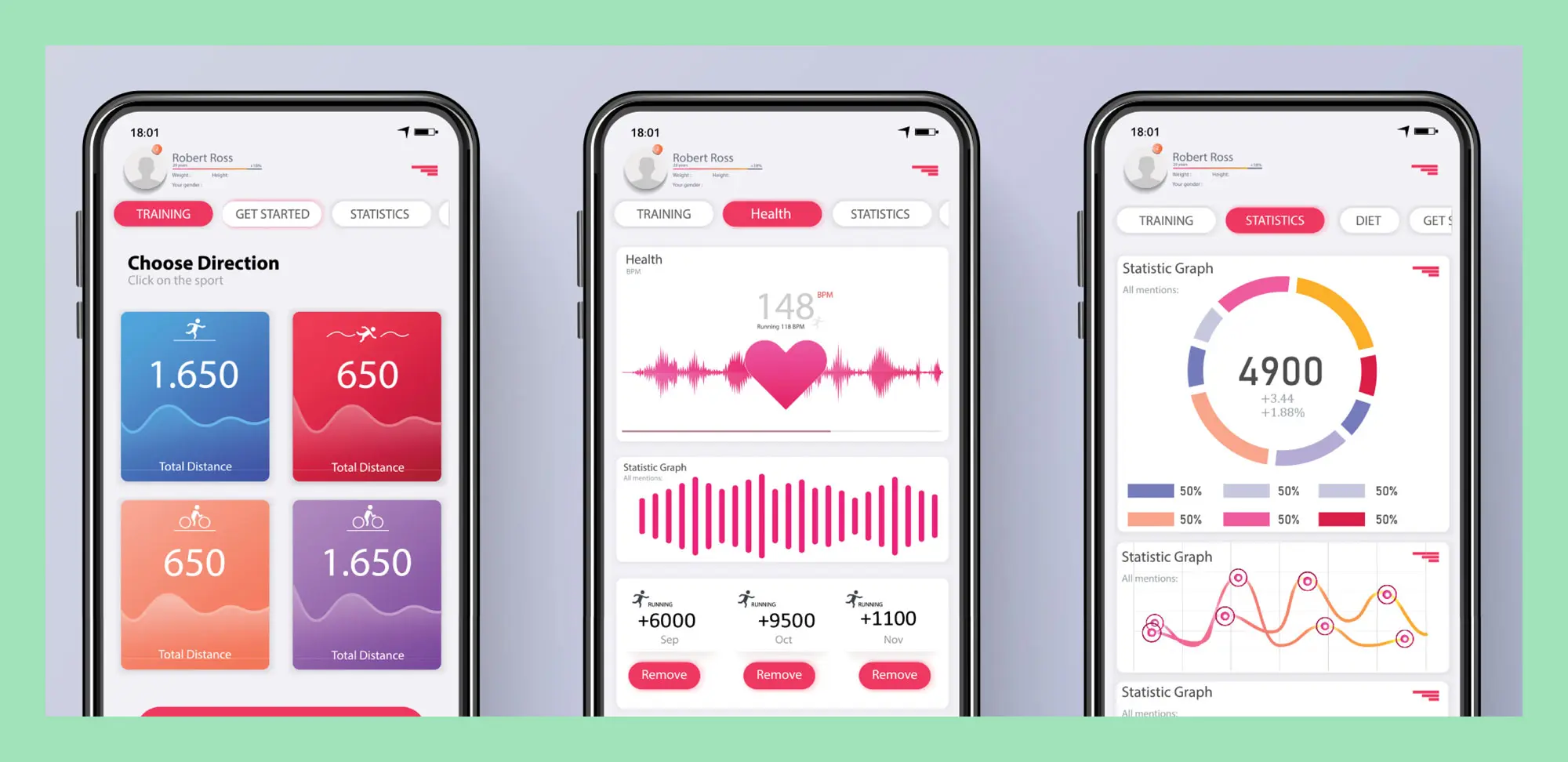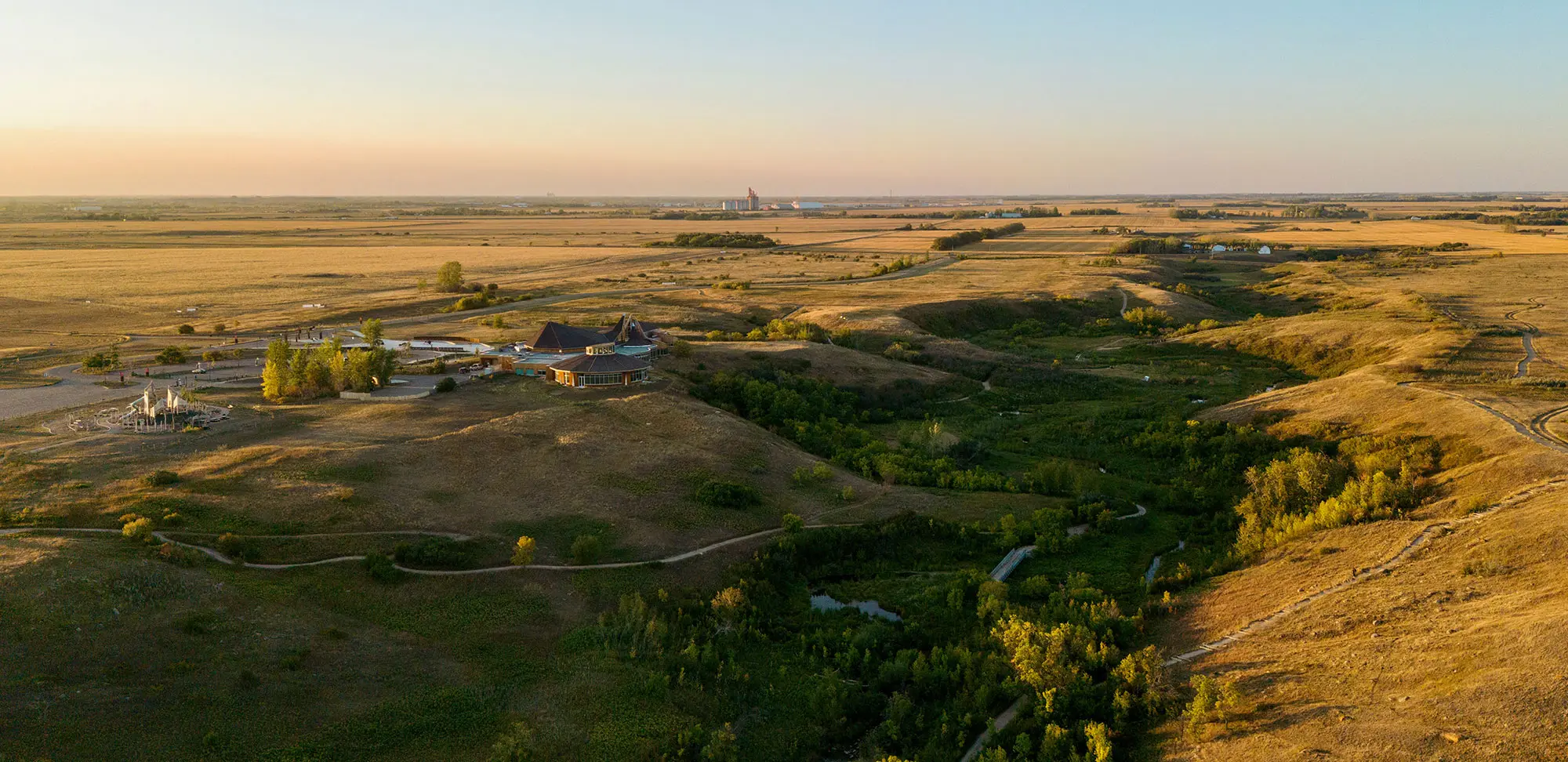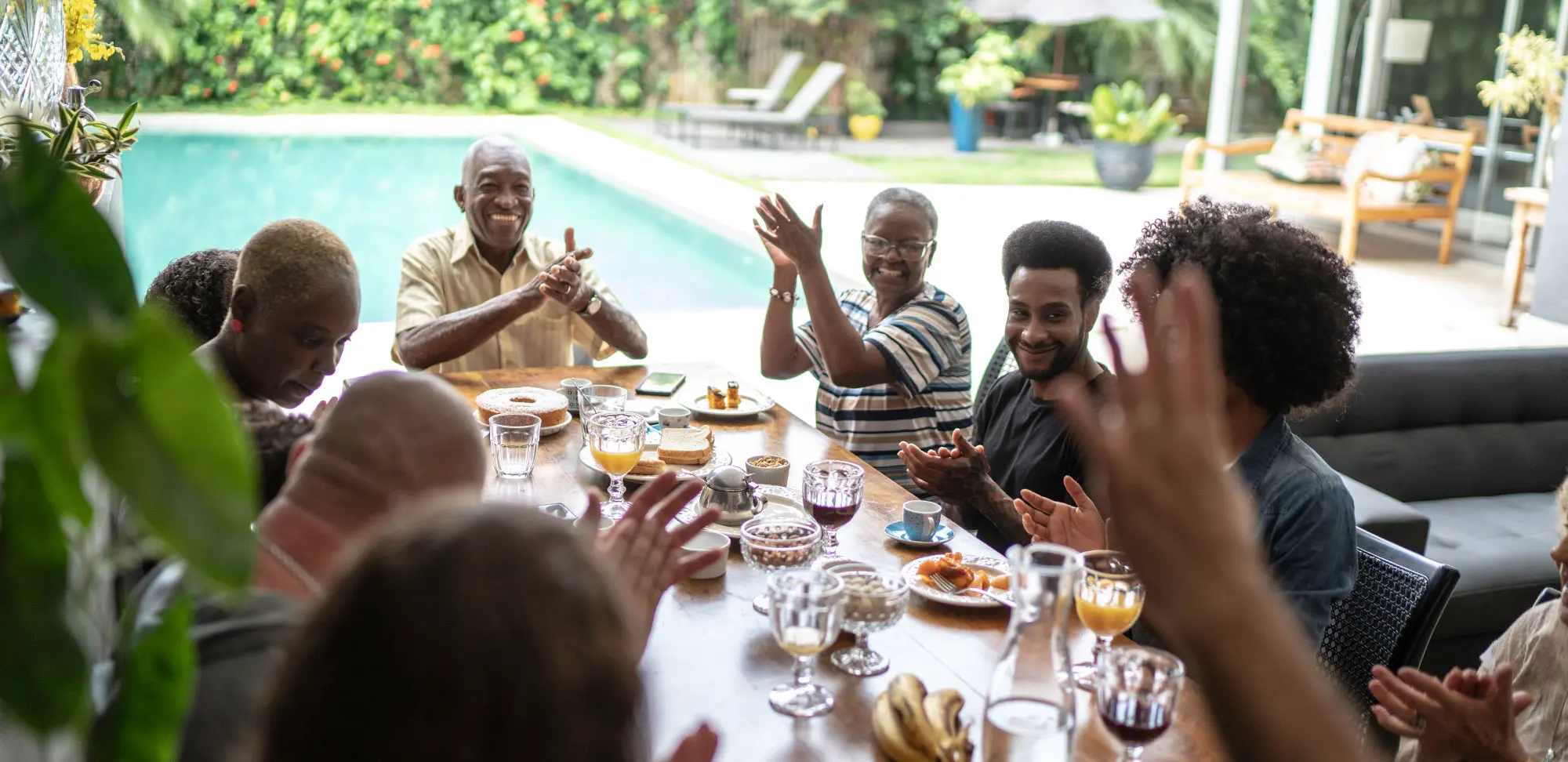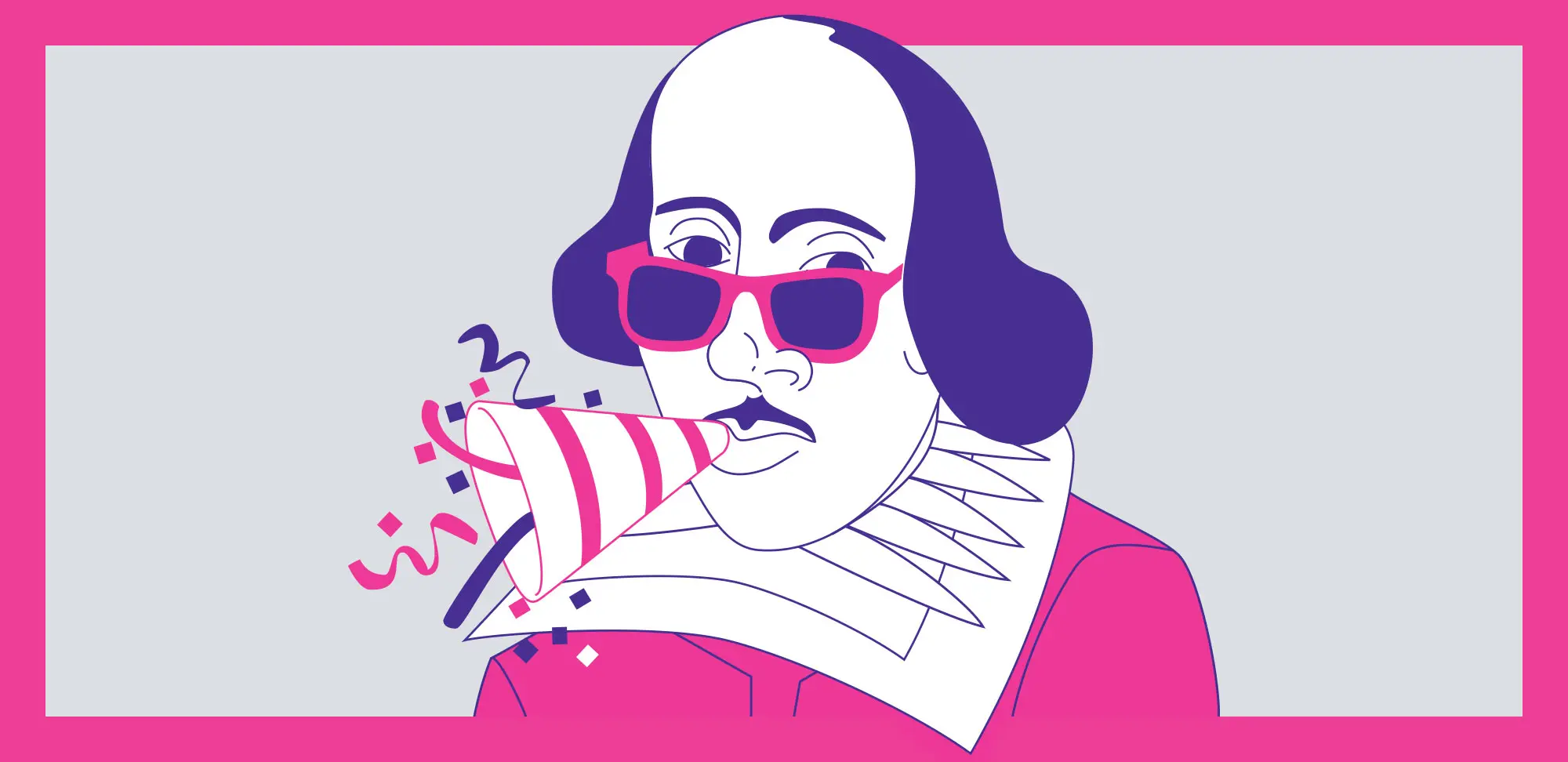Imagine a joyous, mood-lifting fitness activity that increases muscle strength, circulation and endurance, raises your heart rate and puts a smile on your face.
Dancing, whether structured or unstructured, stimulates your mind, body and soul. So put on your red shoes and get moving.
Dance that is structured (or choreographed, where you learn tap dancing routines or the tango or the waltz, for example) can have benefits for memory. In one study, participants in their 60s and 70s with no signs of cognitive decline learned country dancing routines for one hour, three times per week. At the end of six months, participants showed denser white matter in the area of the brain that processes memory.
Free-flow movement (referred to as “conscious dance” – unchoreographed, spontaneous movement as dancers explore their inner experience, held in a safe, inclusive and non-judgmental space) also has benefits. In a study of more than 1,000 “conscious” dancers, those with more than five years of practice had high “life satisfaction” compared with newer dancers. And, a majority of participants “endorsed experiences consistent with mindfulness.”
Karen Bradley, a registered dance movement therapist, runs a one-hour class for seniors on Fridays in Musquodoboit Harbour, NS. Dance movement therapy, Bradley explains, uses dance and movement vocabulary (how one shifts weight; groundedness; use of and access to space, rhythm and phrasing) and somatic practices (focusing on body awareness and the body’s sensations) to improve cognitive and physical health.
Bradley begins the class with breath work, perhaps a shoulder massage, and vocalization (participants add a sigh or a note of singing when they exhale to open up the mouth, tongue and throat areas) for about the first 15 to 20 minutes.
The second part is movement, which includes partner (dancing/moving with another person) and group work. “In partner work, it’s about opening yourself up to share space with somebody else,” Bradley says. “Eye contact matters, being responsive and observing and responding to the other person.”
“We’ve always danced. It’s part of basic human expression.” – Karen Bradley
Group movement could include using an Octaband (a colourful circle in which participants take hold of one of the extending strands) or participating in the Stroll (participants line up on two sides, across from a partner, and sashay down the centre).
And while bopping around your living room to a Beatles or Beach Boys tune will have you moving, Bradley says that in her experience, a dance class adds an important social connection. “What people have said to me is they can’t do it at home. They need the group,” she says. “We’re wired for social connection.”
“Dance and movement is a way for us to connect that doesn’t require words,” says Meghan Thom, a dance and movement therapist in Victoria, BC. “Moving around releases endorphins. There’s something particularly helpful about moving in groups, and with a particular rhythm, that really supports connection. It’s good for our nervous systems to feel connected and the joyfulness that comes with that.”
Think of the last few years of isolation due to COVID-19 as well as the present economic issues. “We’re no longer living in multigenerational households,” Thom says. “We’re quite isolated, which is not good for us.” As social creatures, she continues, our nervous systems are meant to connect. “We’re meant to know one another and recognize one another’s humanity. Dance is a powerful way to do that.”
Montreal-based Lynne Adams, a 5Rhythms-certified teacher, agrees. 5Rhythms is a movement meditation practice that recognizes the sequence of five energetic qualities – flowing, staccato, chaos, lyrical and stillness – inherent in everyone. “Basically, 5Rhythms is the practice of recognizing those waves of energy in yourself and around you through movement,” she says.
And although 5Rhythms teachers use the term “dance,” “it’s not really about dancing,” Adams says. “It’s about finding your way of moving – and that can change from one moment to the next.” There’s no choreography in 5Rhythms, no right or wrong way to move. “It’s a constant exploration of how you feel and move your body in space, how you feel and move in relationship to another person and to a group of people,” she says. “You go at your own speed, at your own rhythm. You don’t have to prove anything. And, it’s accessible to everyone. You can dance if you’re in a wheelchair; you can dance if you’re on crutches.”
“If we use the Octaband,” Bradley says, “and somebody’s in a wheelchair, they still have a strand. They’re still participating and going to get the sense of movement from everybody else.”
So, what is it about dance that is so compelling? Adams looks to history. “We’ve always danced. It’s part of basic human expression. We all understand rhythm. We all understand the beat. And we all love to move. If you have a body, you can dance,” she says. “Your inner dancer is just waiting for an invitation and an opportunity.”
Find a 5Rhythms class in your area:
5rhythms.com/teachersearch.php
Find a registered dance movement therapist:
dmtac.org/copy-of-student-members
Interested in a conscious dance party?
consciousdance.ca
